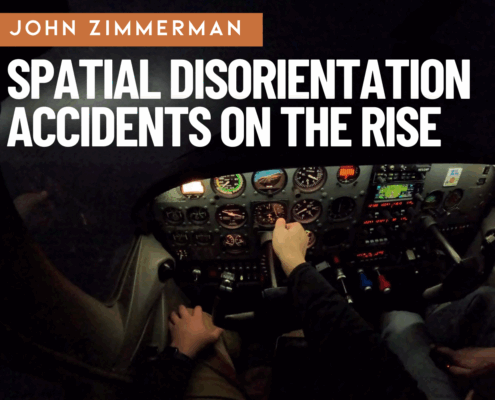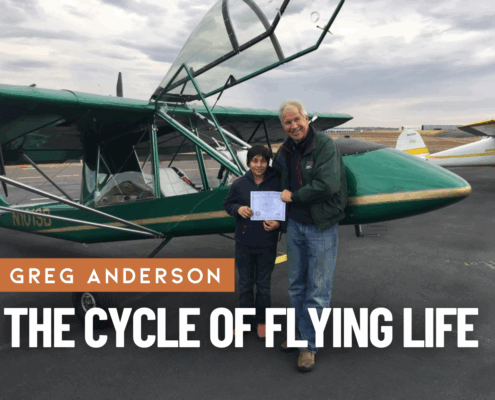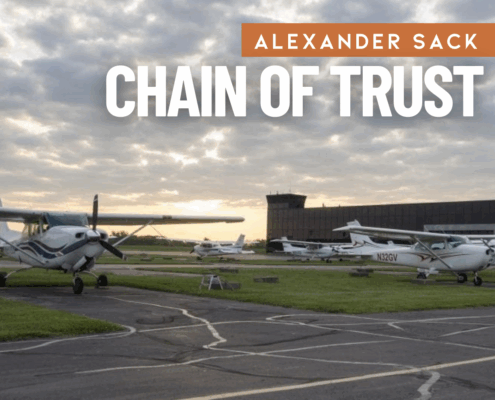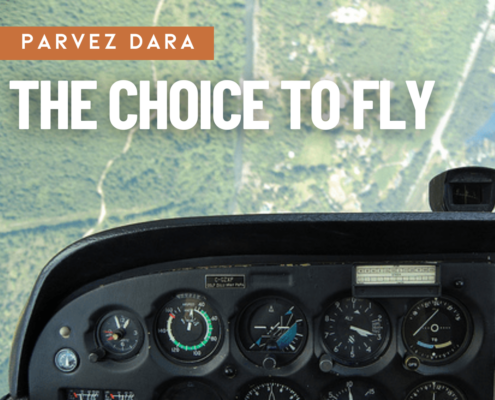 https://media.airfactsjournal.com/wp-content/uploads/2023/09/27094617/daimond-enroute.png
592
884
Alexander Sack
https://media.airfactsjournal.com/wp-content/uploads/2024/09/03140241/AF_Logo_24.png
Alexander Sack2024-05-13 08:55:502024-05-13 08:59:32The “C” in PIC
https://media.airfactsjournal.com/wp-content/uploads/2023/09/27094617/daimond-enroute.png
592
884
Alexander Sack
https://media.airfactsjournal.com/wp-content/uploads/2024/09/03140241/AF_Logo_24.png
Alexander Sack2024-05-13 08:55:502024-05-13 08:59:32The “C” in PICNEW ARTICLES
OUR MOST RECENT POSTS
Air Facts was first published in 1938 by Leighton Collins, dedicated to “the development of private air transportation.” It’s a different world now, and it’s a different Air Facts. Relaunched in 2011 as an online journal, Air Facts still champions, educates, informs and entertains pilots worldwide with real-world flying experiences. More…
 https://media.airfactsjournal.com/wp-content/uploads/2023/09/27094617/daimond-enroute.png
592
884
Alexander Sack
https://media.airfactsjournal.com/wp-content/uploads/2024/09/03140241/AF_Logo_24.png
Alexander Sack2024-05-13 08:55:502024-05-13 08:59:32The “C” in PIC
https://media.airfactsjournal.com/wp-content/uploads/2023/09/27094617/daimond-enroute.png
592
884
Alexander Sack
https://media.airfactsjournal.com/wp-content/uploads/2024/09/03140241/AF_Logo_24.png
Alexander Sack2024-05-13 08:55:502024-05-13 08:59:32The “C” in PIC
Danger lurks in circling approaches
What I Know About...Let us not forget that the circling approach maneuver is designed as a last resort, non-precision approach. A circling approach is one that, by dwindling numbers and its inherent design, forces the pilot(s) into a seldom used and high-risk evolution–often migrating us to an unexpected and seldom visited zip code of the threat/error management neighborhood.

Glider Towing – How do I get out of This Mess
I was thereI continued climbing straight ahead to about 500 feet while closely monitoring the gauges before I waggled the wings in a sign to the glider that I was in trouble. As we were now high enough, (and still within the precincts of the airfield) both of us could get back. The instructor got off the tow promptly, turned right and headed back towards the glider landing check point. I radioed a Pan Pan call.

She’s Down – Helping a Cessna in Distress
I was thereSince we were coming in from the southeast, slightly off her right, I took over the communications again and told her to change to a heading that should have taken her to the airport. I was guessing at the wind correction angle to apply, but I was only a few degrees off her inbound course, so I had a fair idea of the course she should fly. Karen turned to the new heading and was settling down somewhat, getting over her earlier panic.

Friday photo: DC-6 “autopilot”
Friday PhotoInflight demonstration of the DC-6 “autopilot”. It’s actually a Playtex glove which was rubber-banded to a cold-air eyeball outlet near the control wheel. The geometry was perfect and the glove mimicked the yoke movement. The dishwashing glove actually pulsated given the uneven airflow from the vent.

Learning to fly after 55
I was thereThe COVID pandemic at least had one positive outcome for me: achieving my Private Pilot license. I have always wanted to share my journey and offer some lessons learned and tips for those that are either learning how to fly or are considering it—especially if you are 55 years of age or older.
John’s Blog

Why are spatial disorientation accidents on the rise?
John's blogResearchers from the FAA show that SD accidents have not declined since 2003—in fact, quite the opposite. You might assume the widespread adoption of tools like datalink weather, modern autopilots, reliable AHRS, and electronic flight bag apps would make VFR-into-IMC (the classic SD accident scenario) much less common. It’s a great theory, but the numbers don’t support it.

The aviation community is alive and well
John's blogBefore the expletive could even leave my mouth, one of the FBO employees offered to lend me the crew car. I assumed the crew car option would be impossible, or at least impossibly bad manners, since the round trip would be nearly two hours and the FBO was closing soon. But he wouldn’t hear it: “take all the time you need and just drop the keys off with the night security guard. We appreciate your business.”

The Starlink era is here—will we regret it?
John's blogThis promises to be a major advancement in cockpit technology, with benefits for pilots and passengers alike. But before diving headfirst into the Starlink pool, it would be wise to pause for just a moment and contemplate what we might lose. Don’t worry, I’m no Luddite and I’m not here to scare anyone away from an exciting new gadget. I am, however, an observer with enough experience to have seen technological breakthroughs bring unintended consequences. I fear that may happen here.
I Can’t Believe I Did That

A Quarter Tank and a Prayer
I Can't Believe I Did ThatI was watching the fuel gauges drop before my eyes. I elected to continue to ECG rather than turn back. I was on a direct course. The Norfolk controller wished me luck—not the most reassuring sign—and handed me off to ECG Tower, who had already been briefed.

Trial by Ice
I Can't Believe I Did That, I was thereThe most valuable lesson I learned from the “School of Hard Knocks” had nothing to do with weather or instrument flying. The “trial by ice” was a lesson in the awesome responsibility that comes from occupying the left seat of an airplane, regardless of its size. It also taught me to recognize those rare and unusual emergency situations when going by the book is not safe, and when deviating from standard operating procedures or the Federal Air Regulations is not only warranted, but imperative.

I Am UNSAFE Checklist—Lessons Learned on a Fateful Night
I Can't Believe I Did ThatVery soon I was on the approach and thought I could still make 06C. The ATIS called out the overcast at 800’ AGL, the minimum I needed (mistake #5—not mine, but it counted anyway.) I held at 800’, assuming I’d see the runway lights below me and then I could continue to 06C. As I crossed the runway threshold, it was solid IMC and I had to go missed. I asked the Tower what the current ceiling was, and the response was that the ATIS was old and the ceiling was actually 400’ and you’ll have to go around.
Opinion

The Cycle of Flying Life
OpinionMemories of first flights will include astonishing detail. That first transition—from wheels to wings—is a sensory overload, an oh-my-gosh experience. Most will remember where, when, and what type airplane. Sights, sounds, even smells. And, of course, special thoughts are reserved for the pilot who gave them their first flight.

Chain of Trust
OpinionIf there is one aspect of general aviation I’ve learned over my relatively short stint aloft, it’s that the safety of any flight is not just dependent solely on the decisions I make, but also on the ones others have made for me—without my knowledge or even consent. In fact, all of general aviation relies on an implicit chain of trust that, when broken, can and does result in dire consequences.

The Choice to Fly
OpinionNow we were nose-down, spinning, and rapidly losing altitude. The earth swirled in the windshield, the tall pines below getting closer. I don’t remember how many turns we made, but somewhere between the second one and the top of those trees, he cut the power and stopped the rotation. We were still descending fast. Sweat poured down my face, driven by the sudden surge of fear, my novice brain gripped by self-preservation.
More Articles
Recent Posts
Email newsletter
Write for us!
Did you know that most of the articles at Air Facts are written by readers like you? You do not have to be Richard Collins or Ernest Gann – simply a GA pilot with a story you’d share with friends sitting in the hangar.

